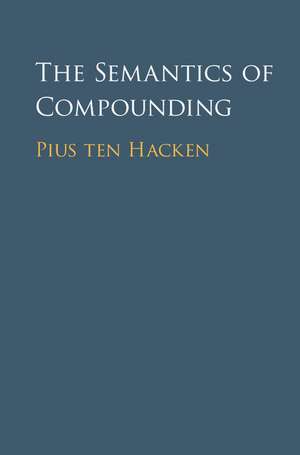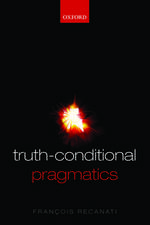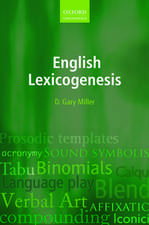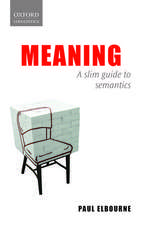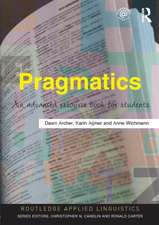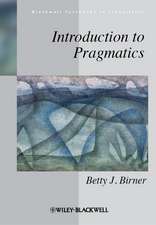The Semantics of Compounding
Editat de Pius ten Hackenen Limba Engleză Hardback – 20 apr 2016
Preț: 724.92 lei
Preț vechi: 842.93 lei
-14% Nou
Puncte Express: 1087
Preț estimativ în valută:
138.71€ • 145.22$ • 114.78£
138.71€ • 145.22$ • 114.78£
Carte tipărită la comandă
Livrare economică 05-19 aprilie
Preluare comenzi: 021 569.72.76
Specificații
ISBN-13: 9781107099708
ISBN-10: 1107099706
Pagini: 266
Ilustrații: 6 b/w illus. 10 tables
Dimensiuni: 158 x 235 x 20 mm
Greutate: 0.53 kg
Editura: Cambridge University Press
Colecția Cambridge University Press
Locul publicării:New York, United States
ISBN-10: 1107099706
Pagini: 266
Ilustrații: 6 b/w illus. 10 tables
Dimensiuni: 158 x 235 x 20 mm
Greutate: 0.53 kg
Editura: Cambridge University Press
Colecția Cambridge University Press
Locul publicării:New York, United States
Cuprins
1. Introduction: compounds and their meaning Pius ten Hacken; Part I. Frameworks: 2. English noun-noun compounds in conceptual semantics Ray Jackendoff; 3. Compounding in the lexical semantic framework Rochelle Lieber; 4. Compounding from an onomasiological perspective Pavol Štekauer; Part II. Noun-Noun Compounds: 5. Categorizing the modification relations in French relational subordinate [NN]N compounds Pierre J. L. Arnaud; 6. The semantics of NN combinations in Greek Zoe Gavriilidou; 7. The semantics of compounds in Swedish child language Ingmarie Mellenius and Maria Rosenberg; 8. The semantics of primary NN compounds: from form to meaning, and from meaning to form Jesús Fernández-Domínguez; Part III. Other Compound Types: 9. An analysis of phrasal compounds in the model of parallel architecture Carola Trips; 10. Adjective-noun compounding in parallel architecture Barbara Schlücker; 11. Neoclassical compounds in the onomasiological approach Renáta Panocová; 12. Three analyses of compounding: a comparison Pius ten Hacken.
Descriere
Presents three frameworks for studying morphology, offering different insights into the meaning of compounds.
